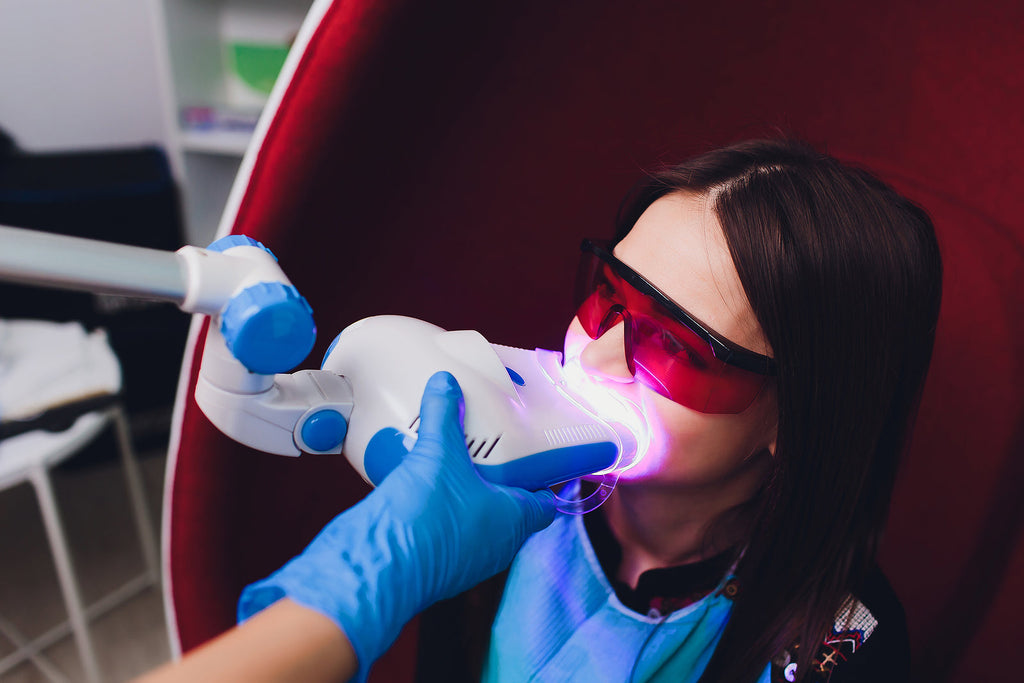
When Were Modern Teeth Whitening Techniques Widely Used?

Whilst teeth whitening dental products such as Enlighten are relatively new and highly advanced, the demand for teeth whitening has existed for thousands of years.
As early as Ancient Rome and Egypt, various types of chemical and abrasive techniques were used to whiten teeth, as even at that stage, pearly whites were associated with wealth and status.
However, these techniques, which relied on ammonia from urine combined with goat’s milk in Roman dentistry, and vinegar mixed with ground-up pumice stone in the latter case, both had rather questionable elements to them, and it would take until the 20th century for more significant whitening techniques to be used.
Other techniques, such as filing down teeth before applying a whitening acid, worked at the expense of the teeth themselves, often quickly resulting in tooth decay.
By the 20th century, techniques were being developed that helped whiten teeth whilst also protecting them from cavities rather than risking them developing further.
The first popular option was a mouthwash made with ether peroxide, which was later replaced by a gel formulation in the 1940s.
By the 1950s, hydrogen peroxide was used, particularly when whitening the most visible teeth, but this mixture was somewhat volatile. It could only be used for a couple of months before the mixture would expire, lacking the shelf stability expected of an effective dental product.
That began to change in the 1980s, as the gel application was replaced with custom whitening trays that used carbamide peroxide for highly effective and even in-clinic teeth whitening.
By 1989, both the material and the method had support in dental journals, and to this day, the vast majority of teeth whitening treatments use either hydrogen peroxide or carbamide peroxide.
The former is more volatile but works very quickly even in heavily diluted form, making it useful for home kits, whilst carbamide peroxide is more slowly releasing, making it better for lengthy in-clinic treatments.
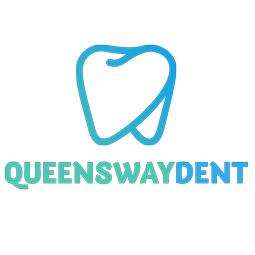
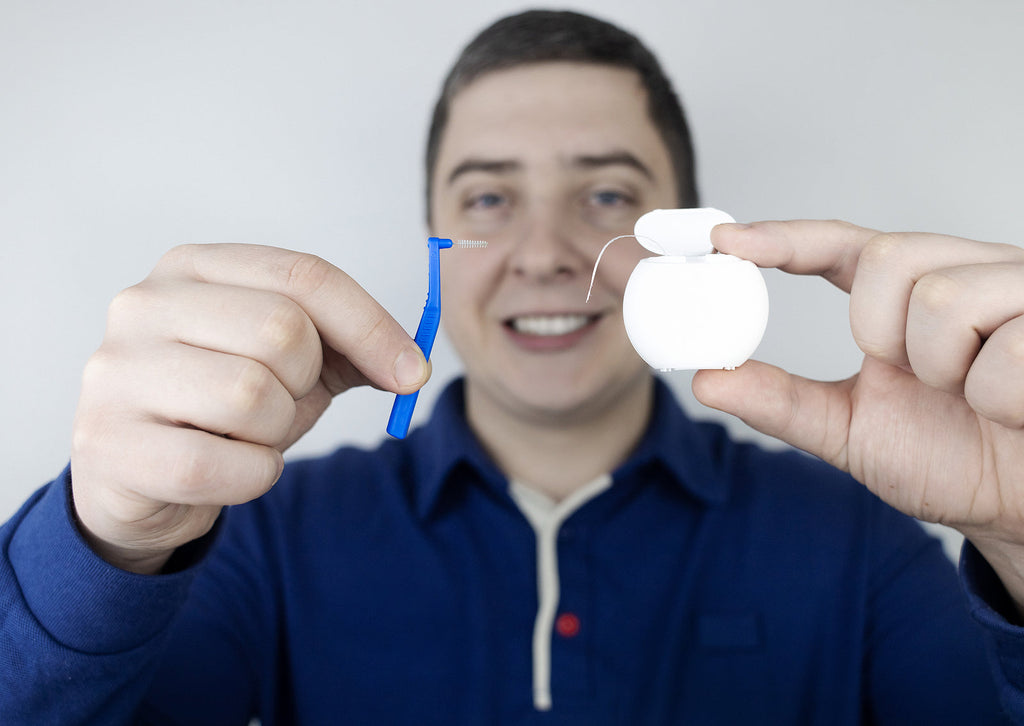
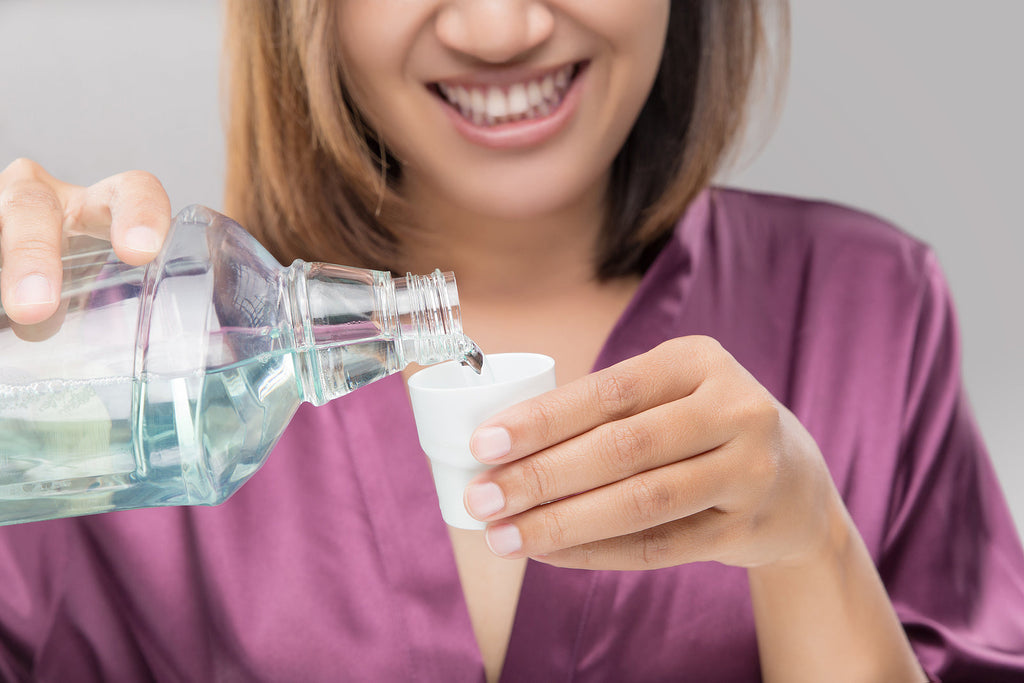

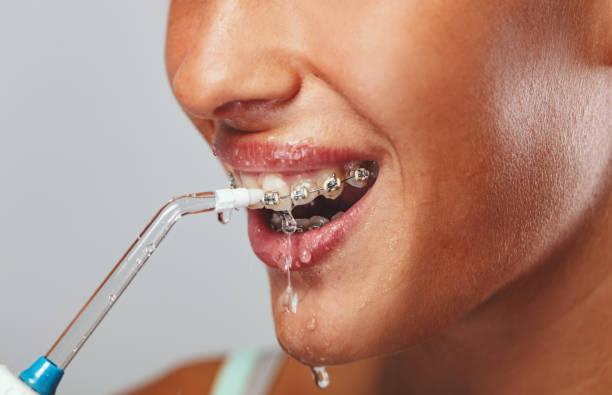
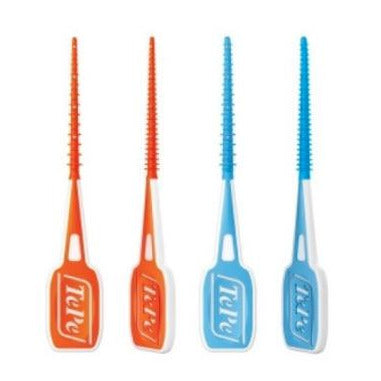
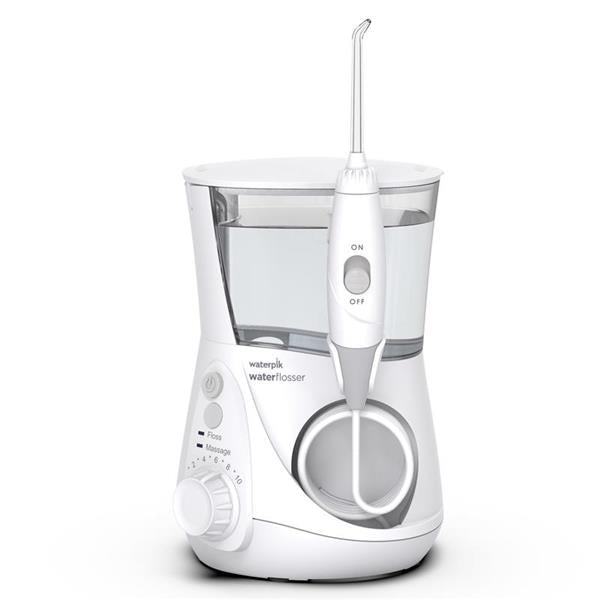
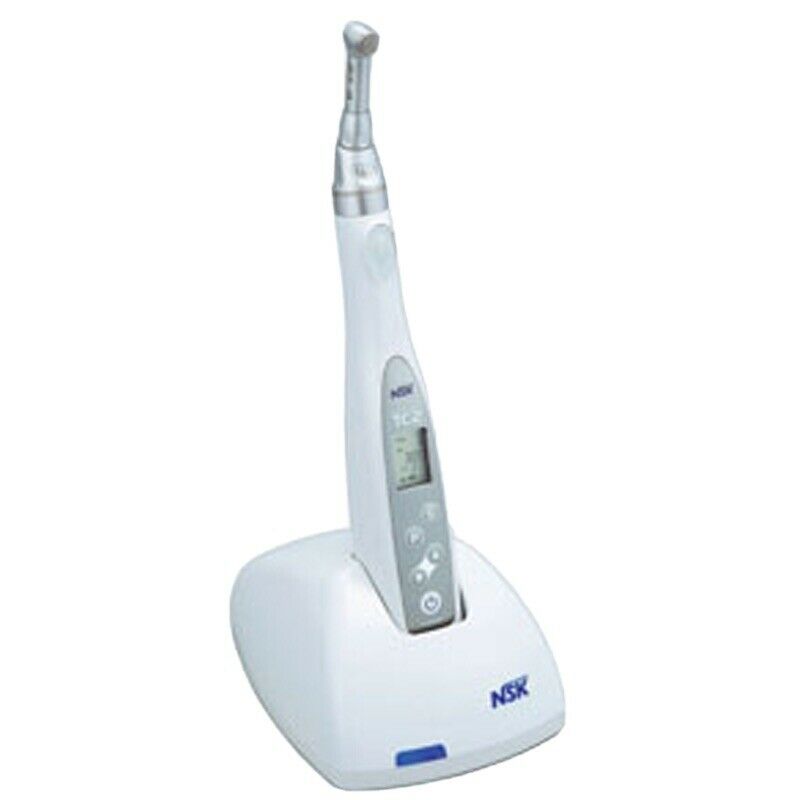
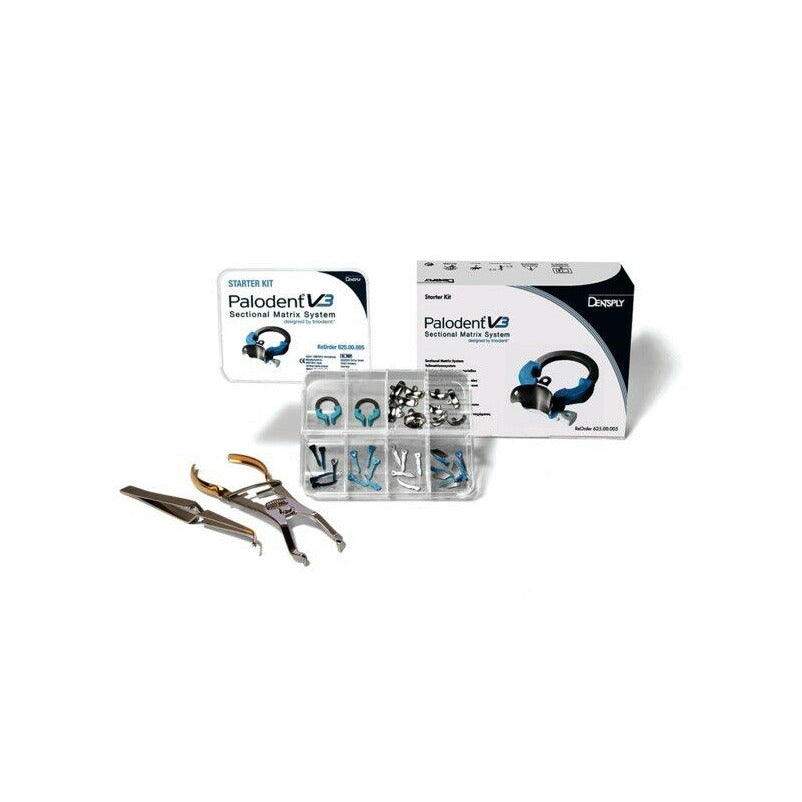
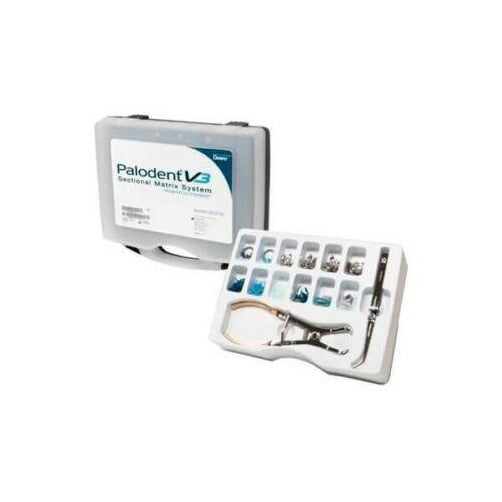
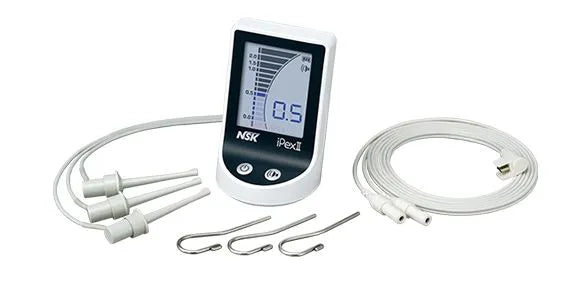
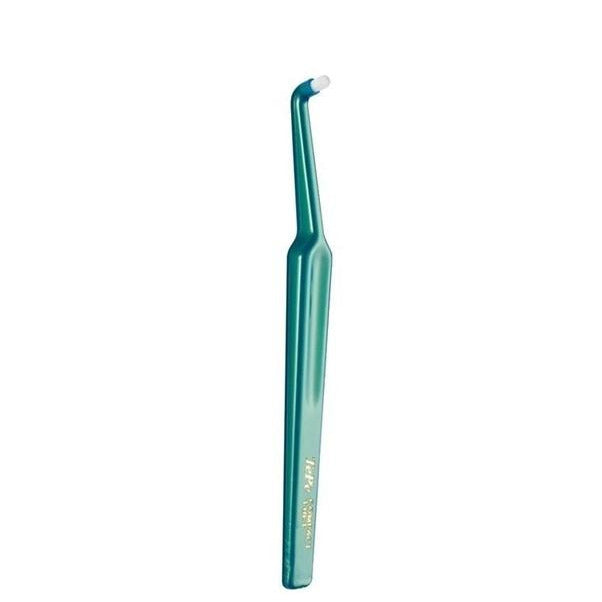
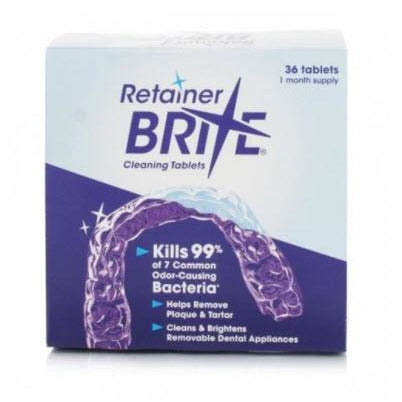
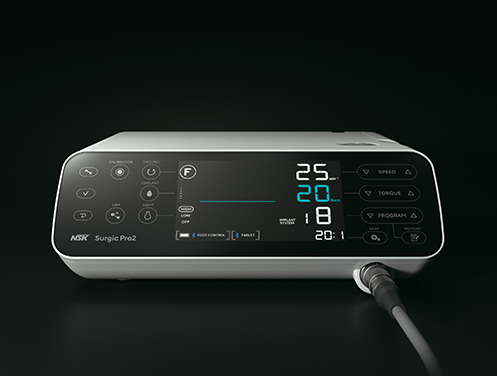
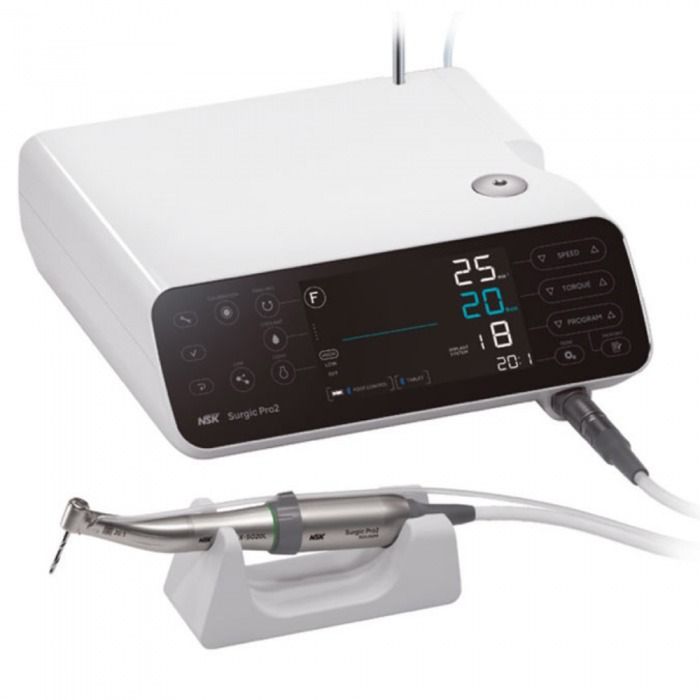


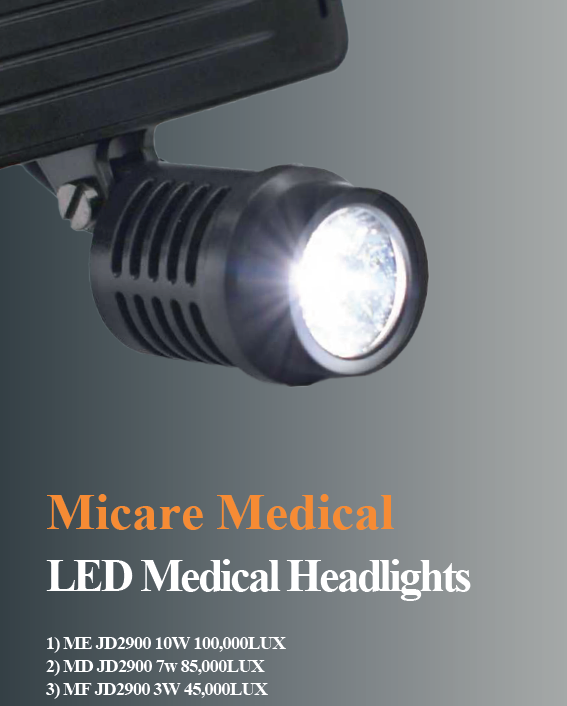
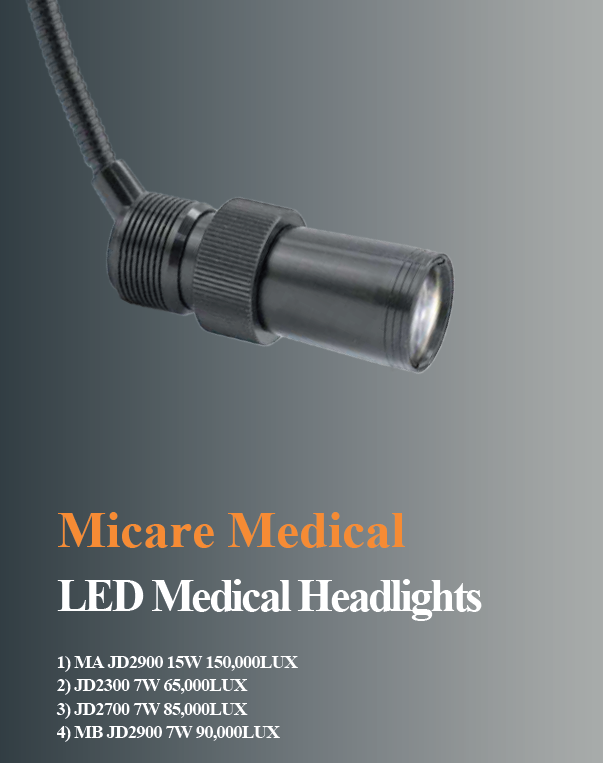

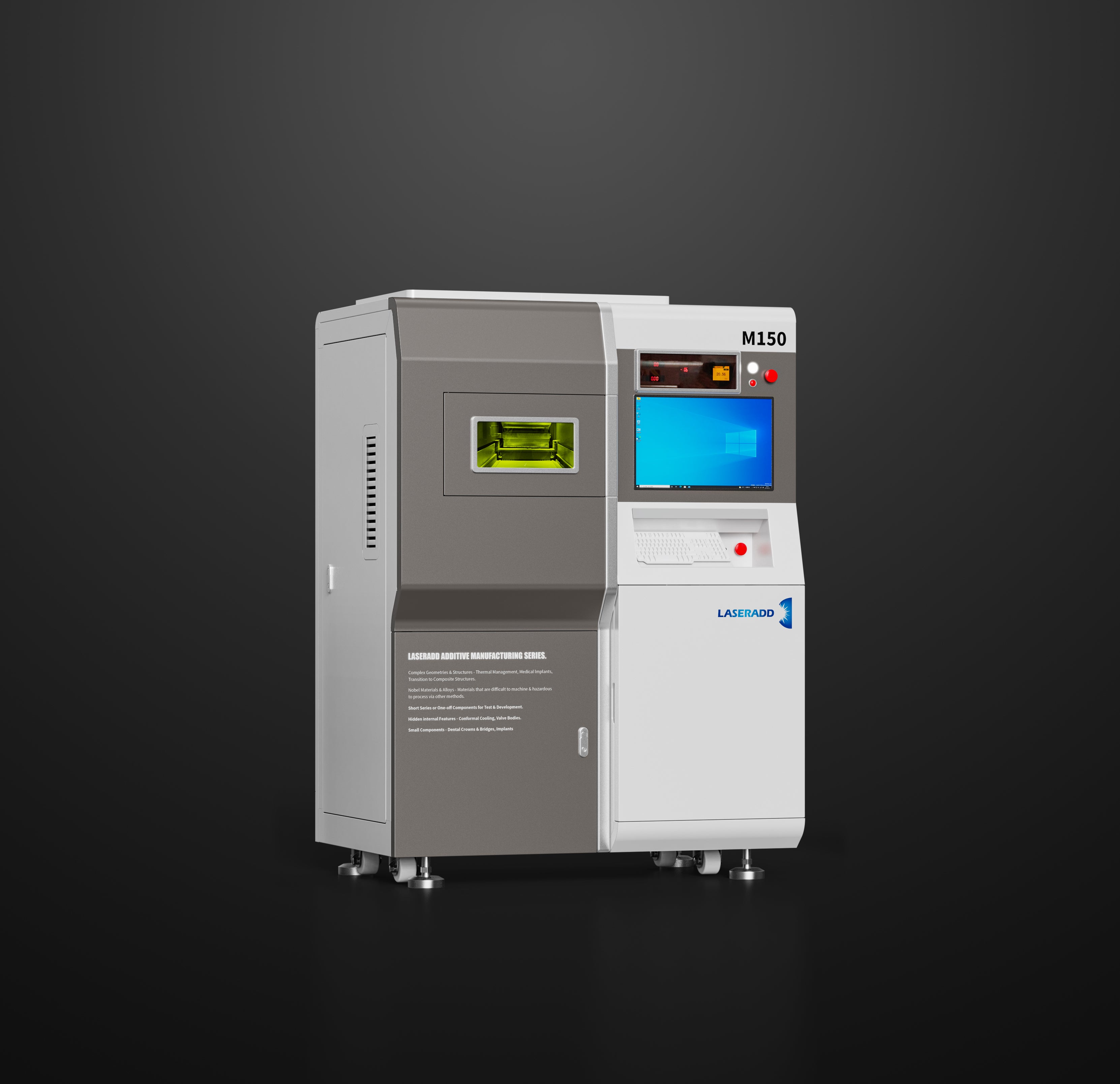
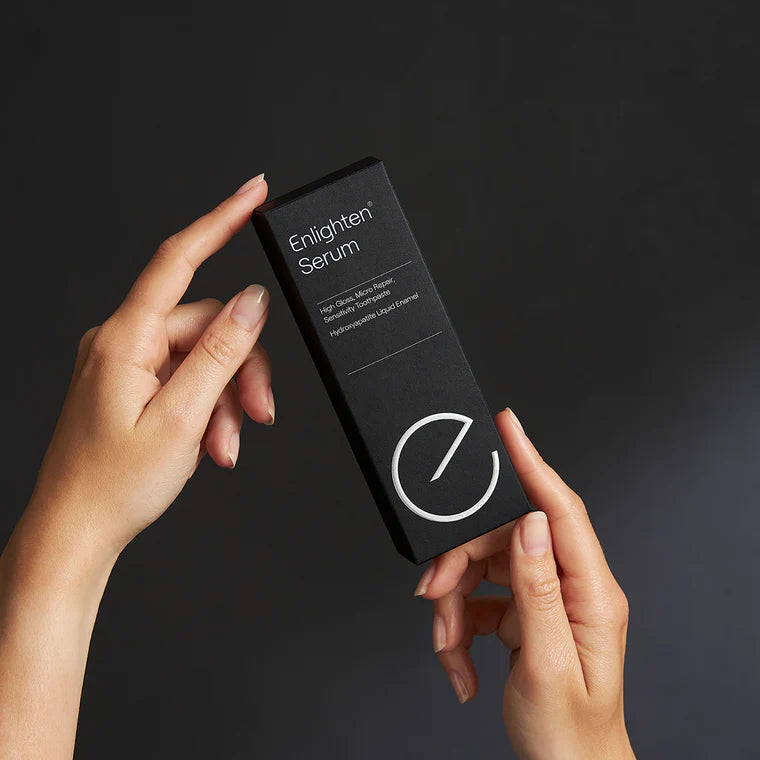
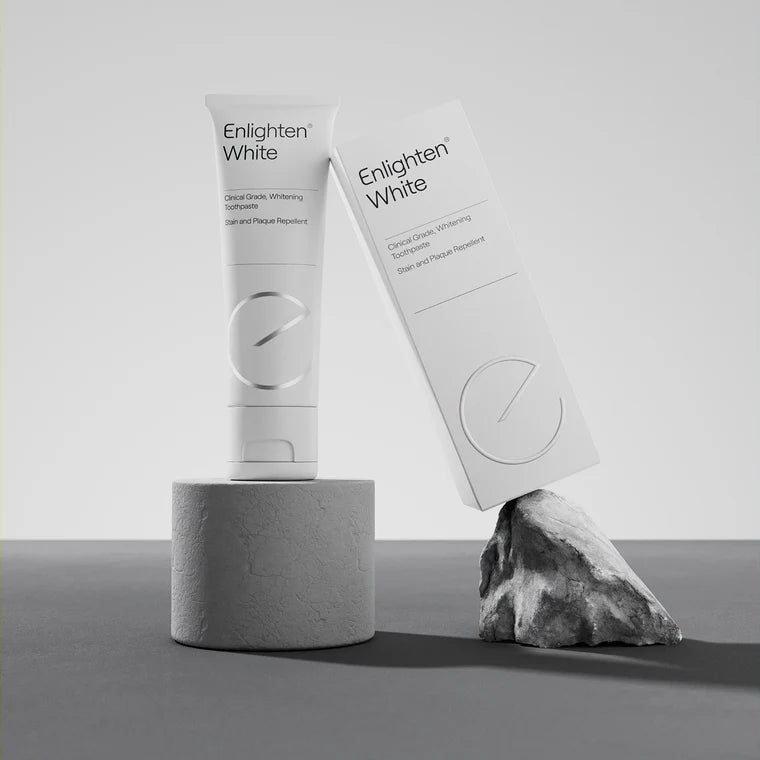
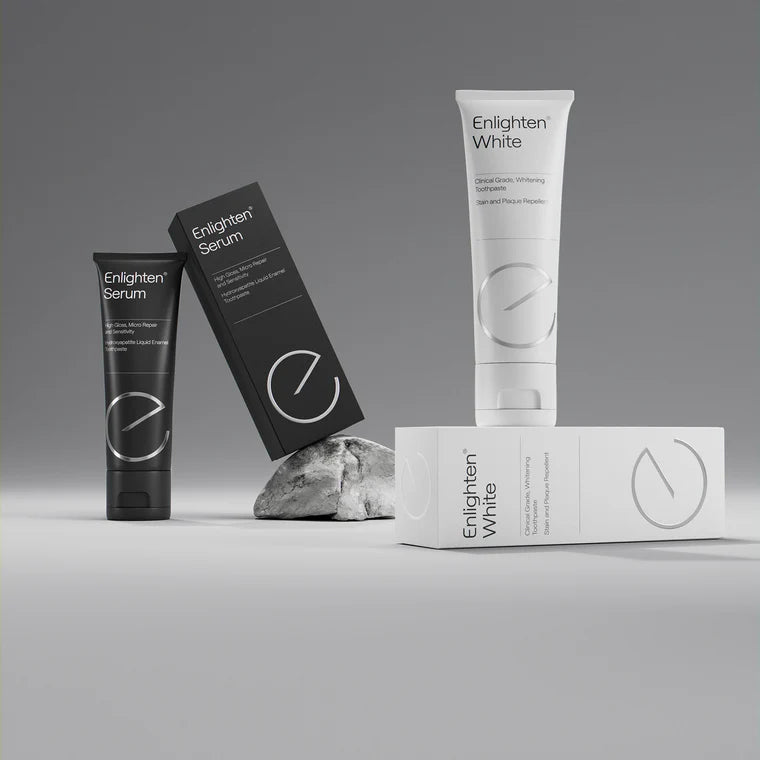
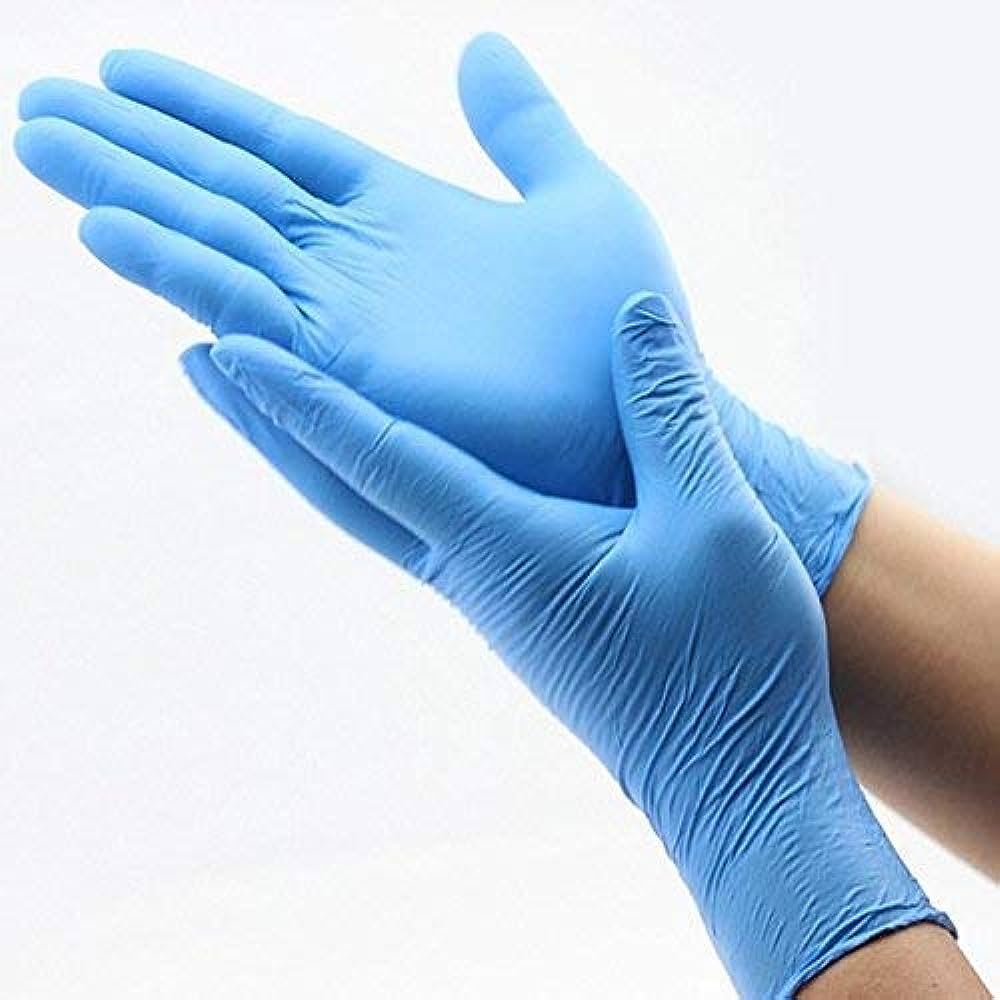
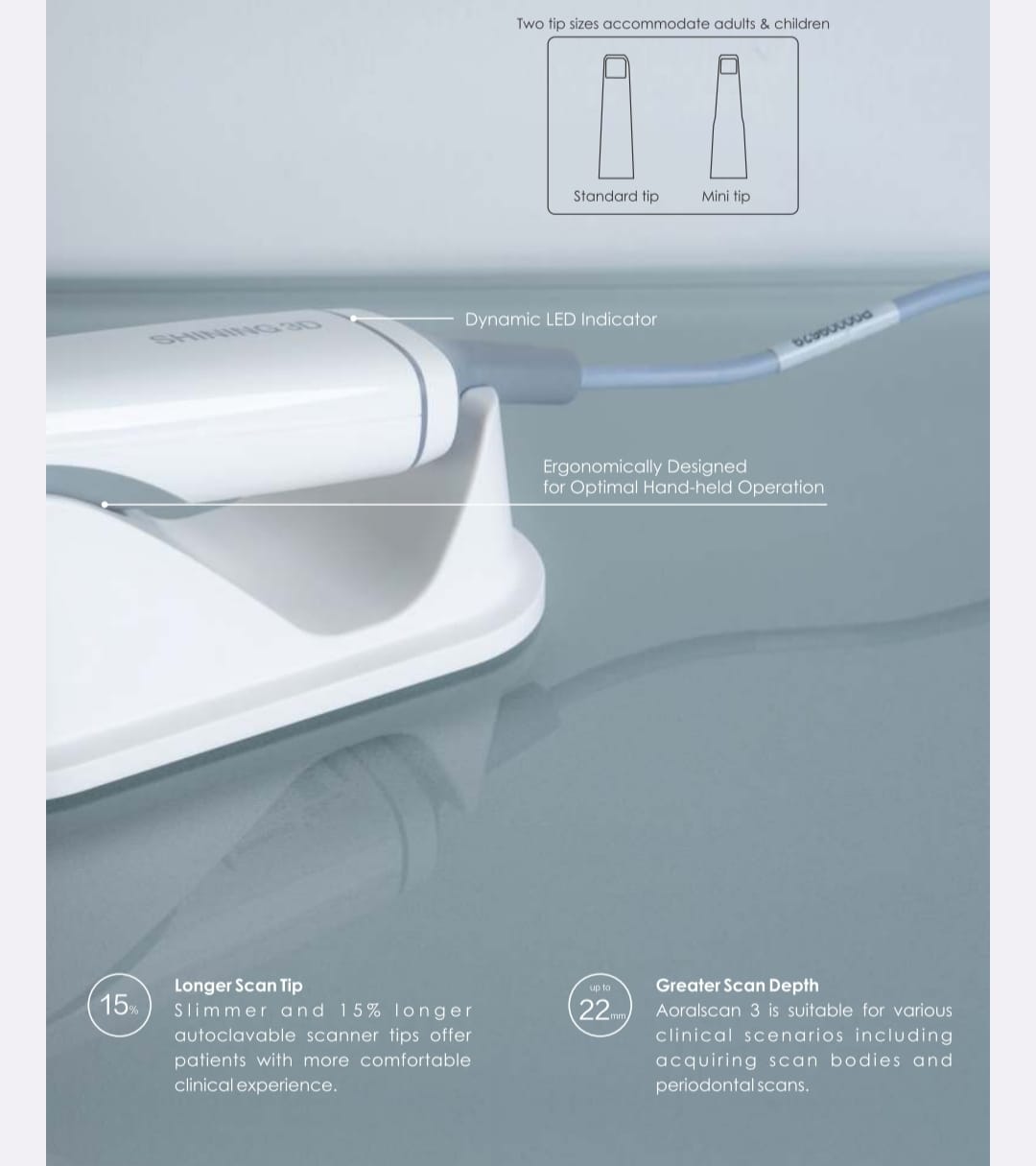
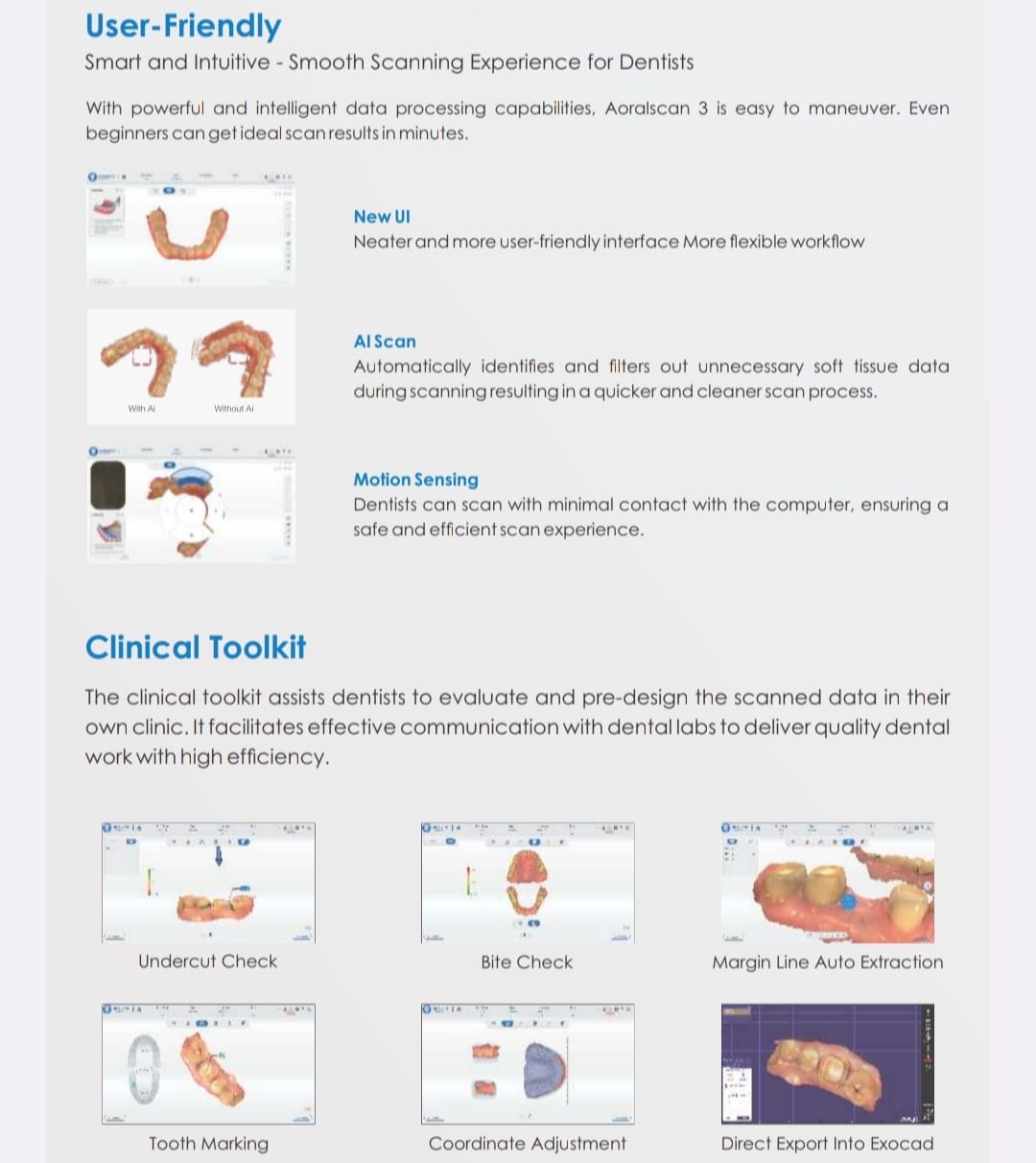
 Whatsapp us!
Whatsapp us!